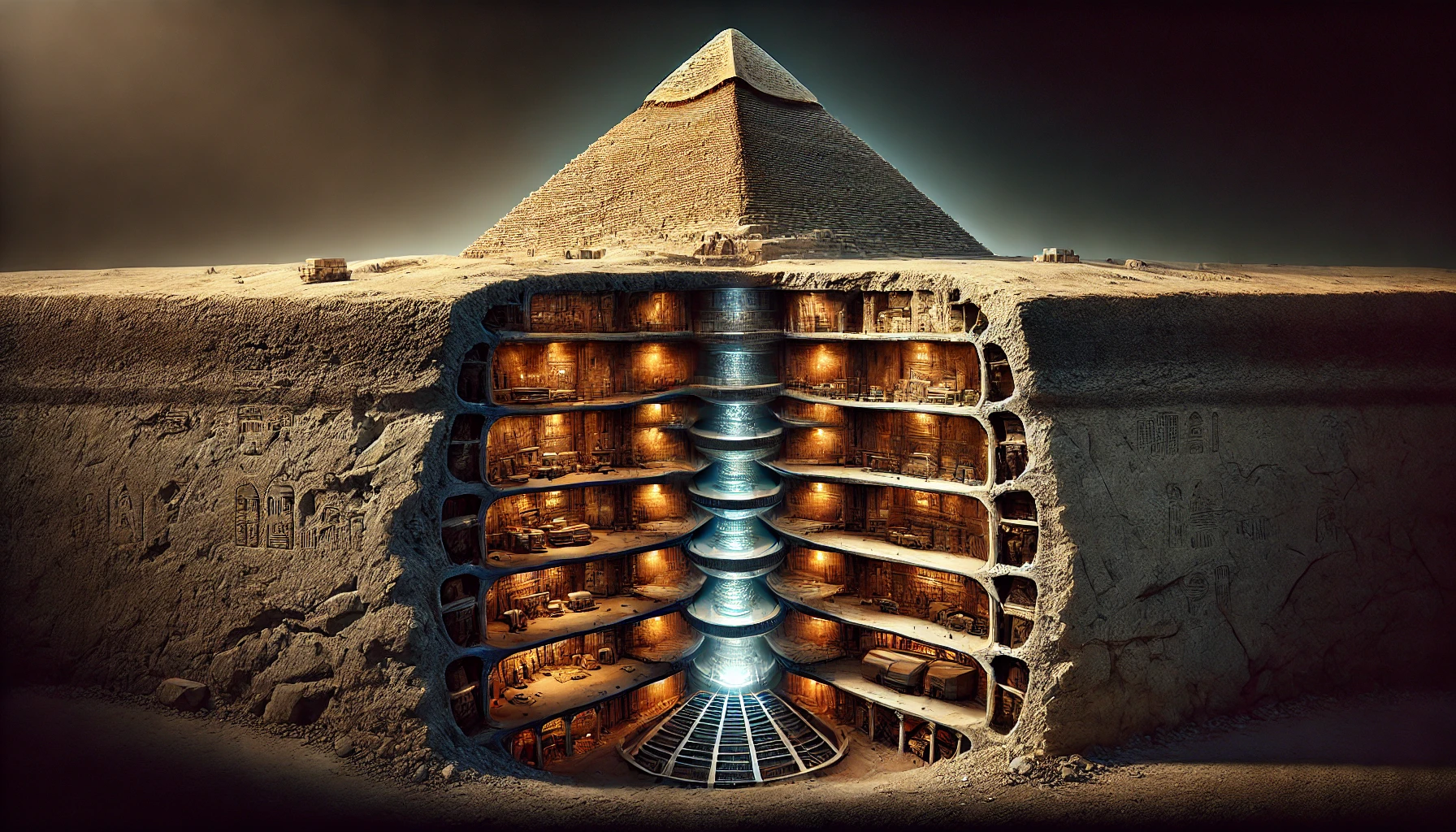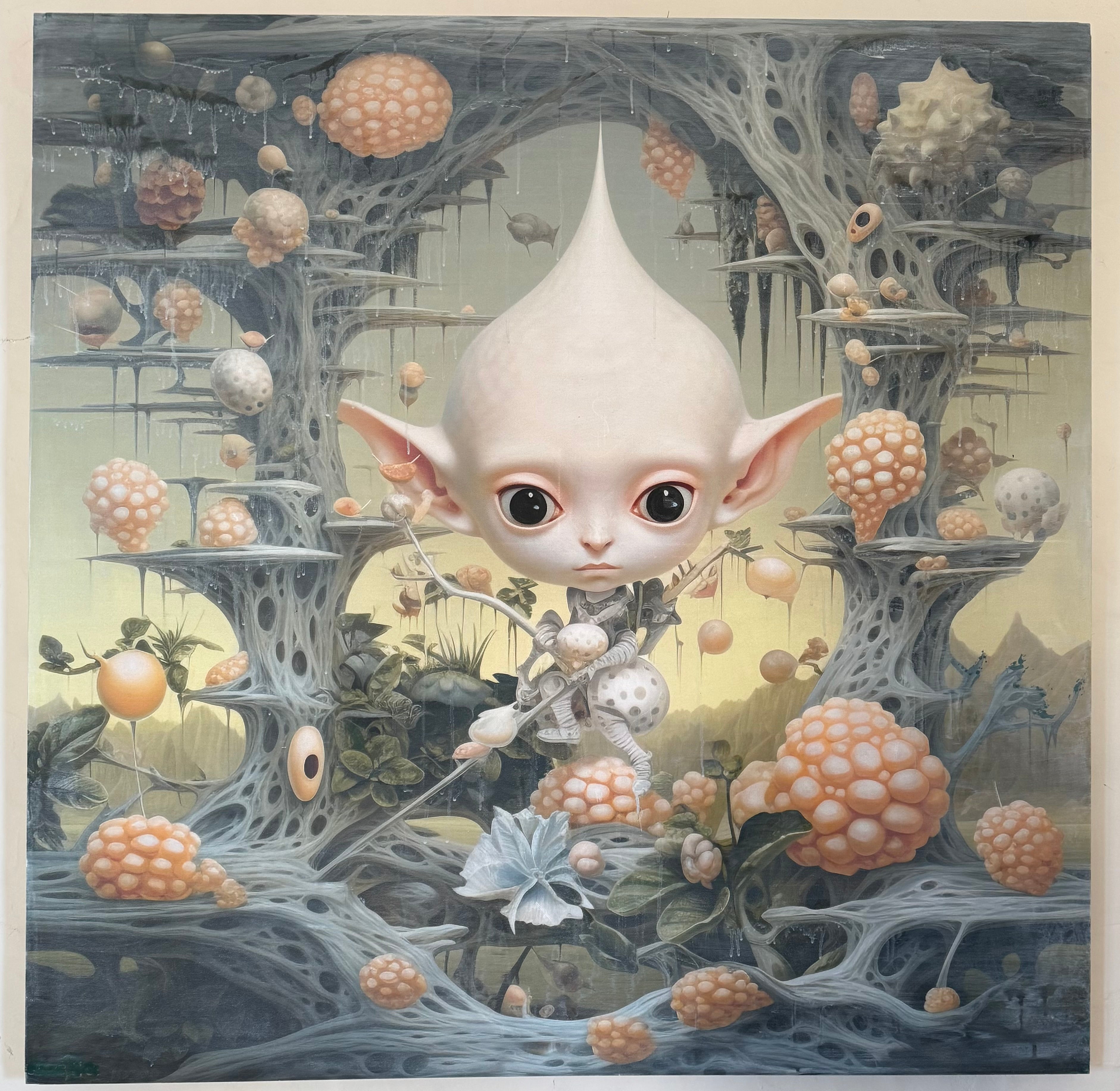
fractals: The geometry of nature and human beings
In the quest to understand consciousness, the concept of quantum fractals offers a compelling perspective that bridges the realms of quantum physics and the intricate patterns observed in nature. This idea suggests that our consciousness might operate within a framework that mirrors the self-replicating and infinitely complex structures known as fractals, governed by the principles of quantum mechanics.
Fractals are patterns that repeat at every scale, exhibiting self-similarity. They are prevalent in natural phenomena, from the branching of trees and the formation of clouds to the intricate structures of snowflakes. This recursive nature allows fractals to model complex systems with simple, repeating rules.
The Intersection of Quantum Mechanics and Fractals
Quantum mechanics, the science of the very small, introduces concepts like superposition and entanglement, where particles exist in multiple states simultaneously and can be instantaneously connected across distances. When these quantum behaviors are applied to fractal structures, the result is a quantum fractal—a system where quantum processes unfold within fractal patterns. Recent research has demonstrated that quantum particles can move through fractal structures, suggesting a deeper connection between quantum mechanics and the fractal nature of reality.
Consciousness as a Quantum Fractal Phenomenon
The human brain exhibits fractal-like patterns in its neural networks, where similar structures repeat at various scales. This fractal organization facilitates efficient information processing and connectivity. The Orchestrated Objective Reduction (Orch OR) theory, proposed by physicist Roger Penrose and anesthesiologist Stuart Hameroff, posits that consciousness arises from quantum computations within the brain’s microtubules—structures that exhibit fractal geometry. This theory suggests that these microtubules can support quantum processes, potentially linking the fractal architecture of the brain to quantum mechanics.
Implications and Future Directions
Viewing consciousness through the lens of quantum fractals opens new avenues for understanding the mind and its connection to the universe. It implies that consciousness could be a fundamental aspect of reality, emerging from the interplay between quantum processes and fractal structures. This perspective challenges traditional notions of consciousness as merely a byproduct of classical neural activity and invites further exploration into the quantum nature of our minds.
As research progresses, the quantum fractal model of consciousness may provide deeper insights into the nature of reality and our place within it, suggesting that the patterns governing the cosmos are intricately mirrored within our very own minds.
John brevard






























